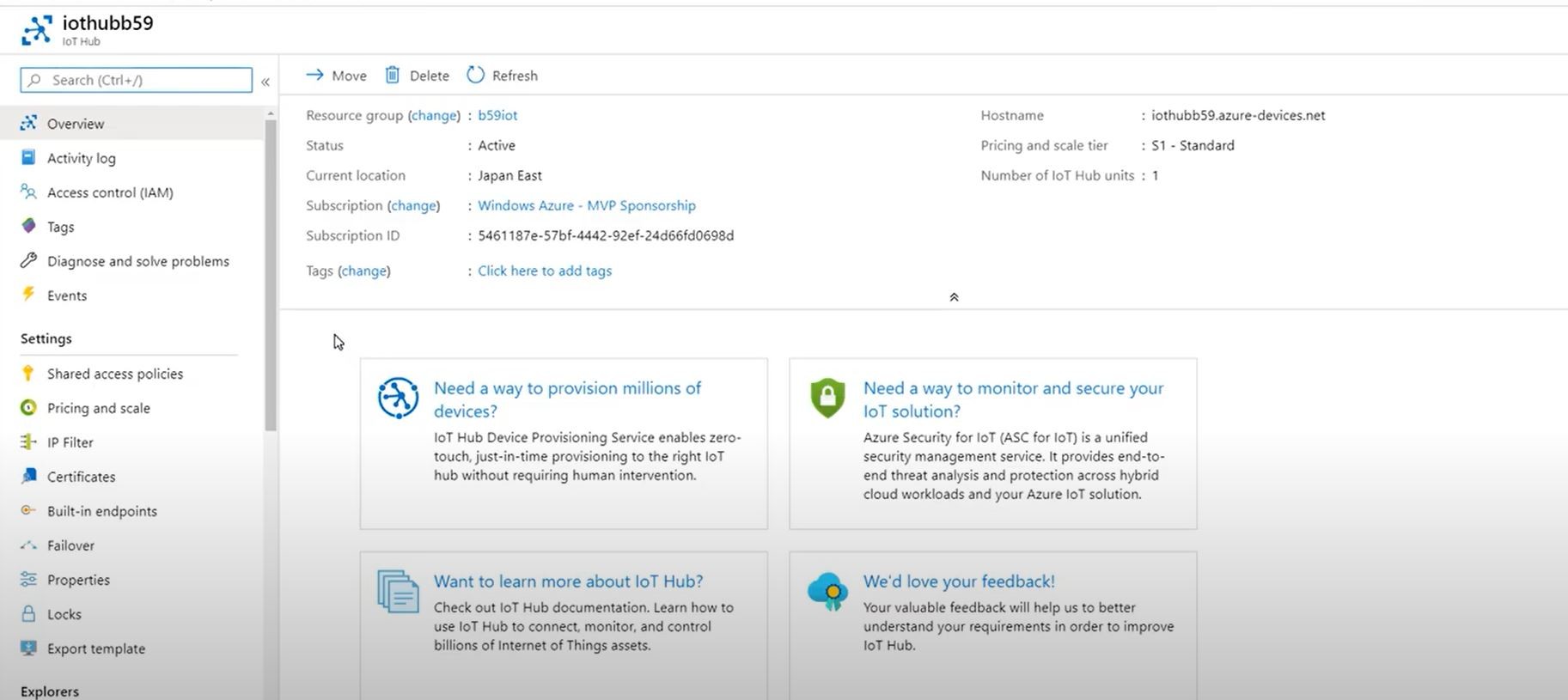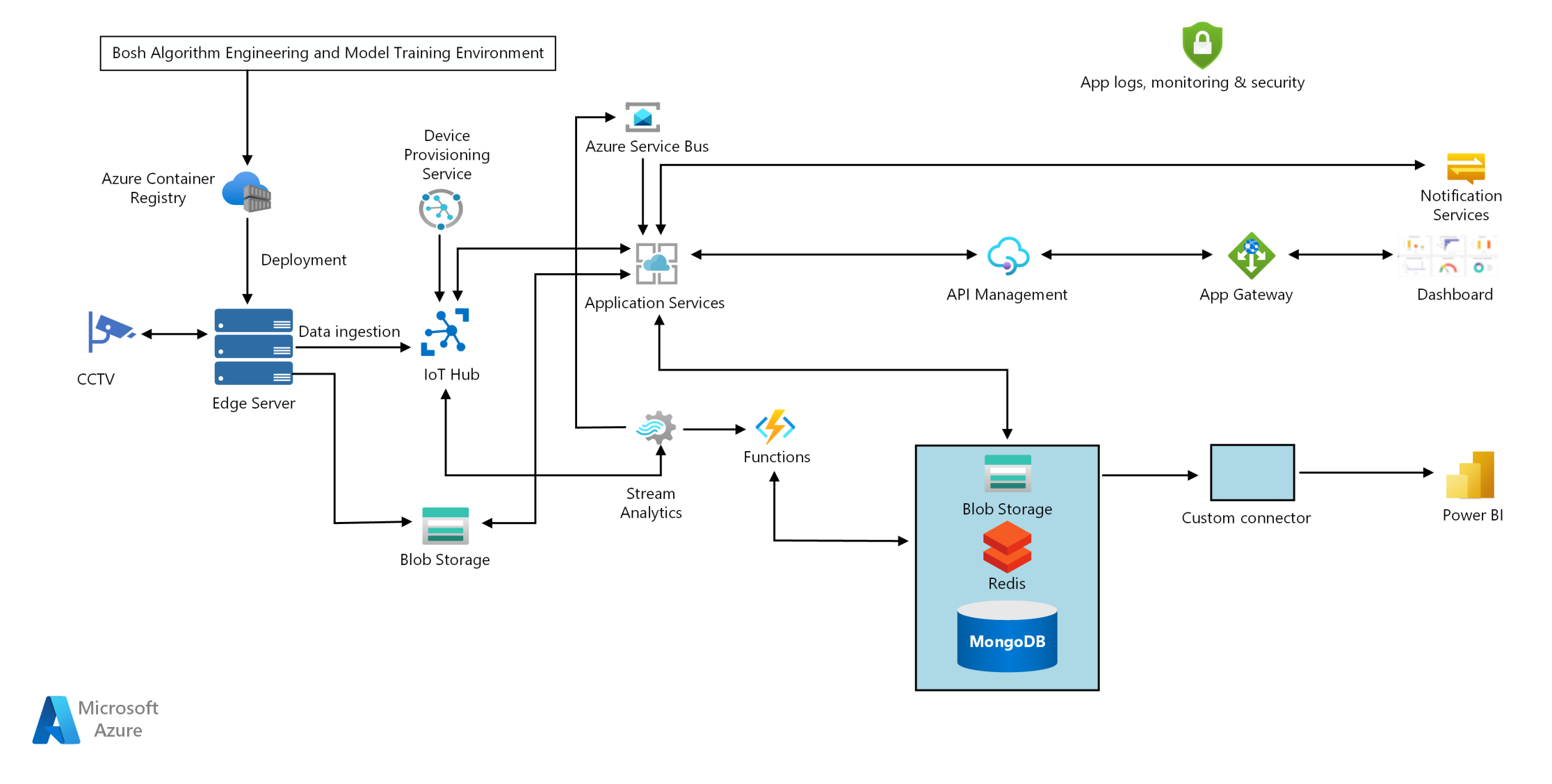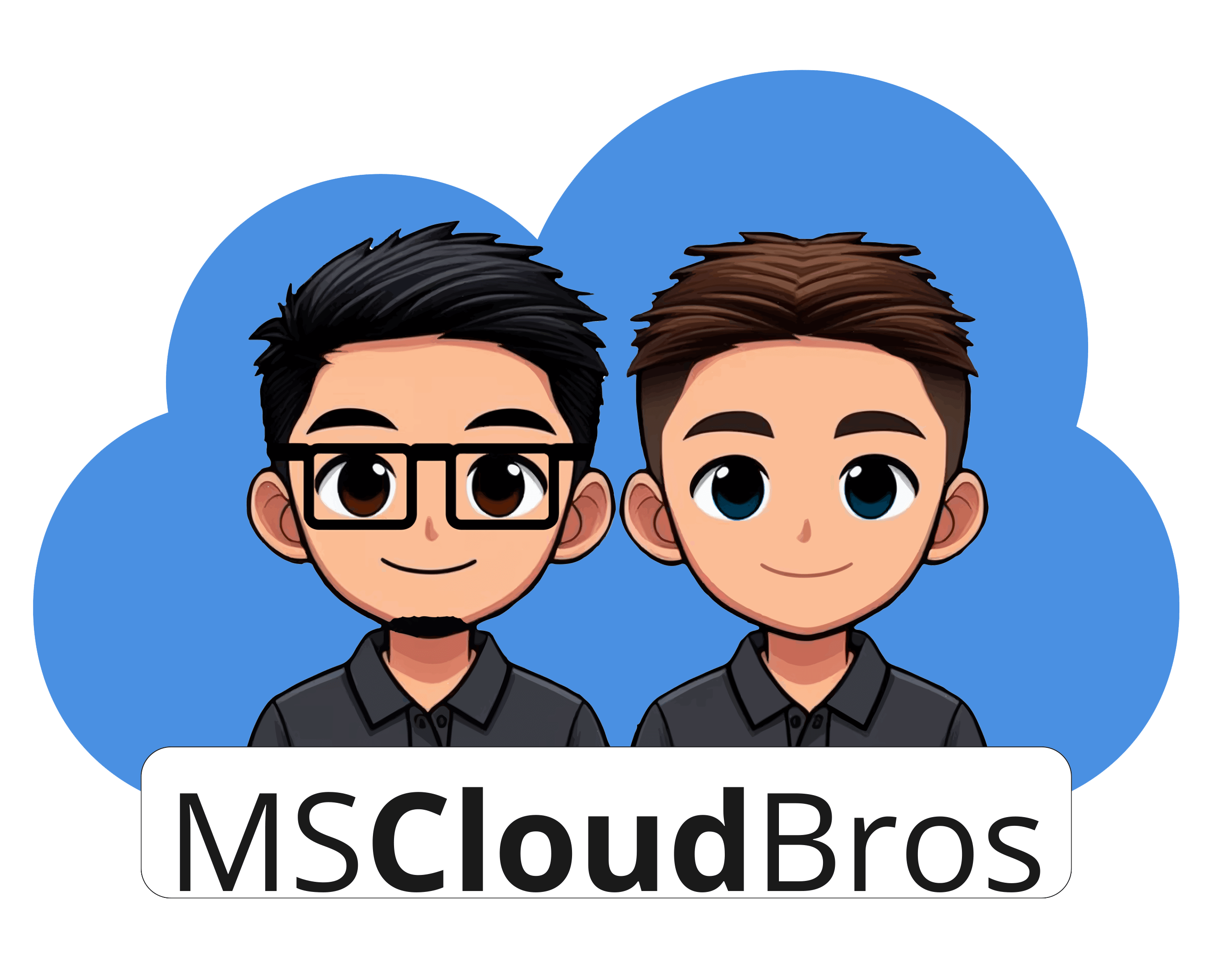The Internet of Things (IoT) has undoubtedly revolutionized the way we interact with the world around us. From smart homes to industry 4.0, IoT is at the forefront of this transformation. As we continue to delve deeper into the realm of IoT, a robust and reliable platform becomes crucial for the successful implementation of IoT solutions. This is where Microsoft Azure IoT Hub comes into play.
Azure IoT Hub is a powerful cloud-based service that enables reliable and secure bi-directional communications between millions of IoT devices and a solution back end. It acts as a central message hub for bi-directional communication between your IoT application and the devices it manages. In this article, we’ll explore the fundamentals of Azure IoT Hub, its key features, and how it’s shaping the future of IoT deployments.
Understanding Azure IoT Hub
Before we dive into the specifics, let’s take a moment to understand what Azure IoT Hub is all about. Azure IoT Hub is part of Microsoft’s Azure IoT Suite, a comprehensive set of services and solutions that enable businesses to build and deploy full-scale IoT solutions.
Azure IoT Hub serves as the bridge between your IoT devices and your solution back end. It provides a cloud-hosted solution back end to connect virtually any device, facilitating seamless communication, monitoring, and management of an extensive range of IoT devices.
The IoT Hub supports multiple messaging patterns such as device-to-cloud telemetry, file upload from devices, and request-reply methods to control your devices from the cloud. It also supports a broad range of IoT devices such as sensors, microcontrollers, gateways, and more, thus enabling businesses to deploy IoT solutions on a massive scale.

Key Features of Azure IoT Hub
Azure IoT Hub boasts an array of features that make it a go-to platform for businesses looking to implement IoT solutions. Here are some of the key features that set it apart:
- Device-to-Cloud Telemetry – Azure IoT Hub allows devices to send telemetry data to the cloud for processing, analytics, and storage. This feature is particularly useful in scenarios where real-time data from devices need to be collected and analyzed to make data-driven decisions.
- Cloud-to-Device Commands – IoT Hub also enables businesses to send commands from the cloud to their devices. This is an essential feature for remotely controlling and managing IoT devices.
- Device Identity and Twin – One of the standout features of Azure IoT Hub is its support for device identity and twin properties. The device identity registry acts as a store for device metadata, while the device twin stores device-specific metadata and state information.
- Security – Azure IoT Hub ensures secure communication between devices and the cloud by providing per-device authentication with multiple authentication schemes. It also provides built-in defense against threats with Azure Security Center for IoT.
- Integration – Azure IoT Hub seamlessly integrates with other Azure services such as Azure Functions, Azure Stream Analytics, and Azure Machine Learning, thus enabling businesses to build comprehensive IoT solutions.
Harnessing the Power of Azure IoT Hub
Now that we’ve covered the basics and key features of Azure IoT Hub, let’s delve into how it’s shaping the future of IoT deployments.
Azure IoT Hub is designed to handle large-scale, reliable, and secure IoT deployments. With its ability to manage millions of devices simultaneously and securely, it’s paving the way for businesses to deploy IoT solutions at an unprecedented scale.
It’s also making it easier for businesses to monitor and manage their IoT devices. By providing a central message hub, Azure IoT Hub simplifies the process of sending and receiving messages from IoT devices. This not only enhances operational efficiency but also improves the overall reliability of IoT systems.
The IoT Hub’s integration with other Azure services further augments its capabilities. For instance, by integrating with Azure Functions, businesses can execute code in response to events like a device sending a telemetry message. Similarly, integration with Azure Stream Analytics enables real-time data stream processing from millions of IoT devices.
In essence, Azure IoT Hub is not just a platform; it’s a powerful tool that’s enabling businesses to harness the full potential of IoT.

Azure IoT Hub in Action: Real-world Applications
Understanding how businesses are leveraging Azure IoT Hub in real-world scenarios can provide valuable insights into its practical applications. Here are a few examples:
Predictive Maintenance
Predictive maintenance has become a key application of IoT in industries like manufacturing and logistics. Companies are using Azure IoT Hub to collect real-time data from their machinery and equipment. This data is then processed and analyzed to predict potential failures, enabling companies to take preventive action and reduce downtime.
Smart Energy Management
Energy companies are deploying smart meters connected via Azure IoT Hub to monitor energy consumption in real-time. The data collected is used for analysis, helping to identify patterns and trends in energy use, and enabling more efficient energy management.
Healthcare Monitoring
In the healthcare sector, IoT devices are being used to monitor patients’ health parameters remotely. Azure IoT Hub enables secure and reliable data transmission from these devices to healthcare providers, allowing for timely intervention and improved patient care.
Advantages of Using Azure IoT Hub
Azure IoT Hub offers several benefits that make it a preferred choice for businesses implementing IoT solutions:
- Scalability – Azure IoT Hub can easily scale to accommodate millions of simultaneously connected devices, making it ideal for large-scale IoT deployments.
- Security – With built-in security features such as per-device authentication and threat defense, Azure IoT Hub ensures that your IoT solutions are secure.
- Integration – Its seamless integration with other Azure services allows businesses to build comprehensive IoT solutions, enhancing their capabilities.
- Device Management – Azure IoT Hub simplifies device management by providing features like device twins and direct methods, making it easier for businesses to manage their IoT devices.
Azure IoT Hub is a powerful platform that’s enabling businesses to realize the full potential of IoT. With its robust features, scalability, and strong security, it’s paving the way for large-scale, secure, and efficient IoT deployments.
Whether you’re just starting your IoT journey or looking to scale your existing IoT solutions, Azure IoT Hub offers a comprehensive set of tools and services to help you succeed. So, harness the power of Azure IoT Hub and step into the future of IoT!

